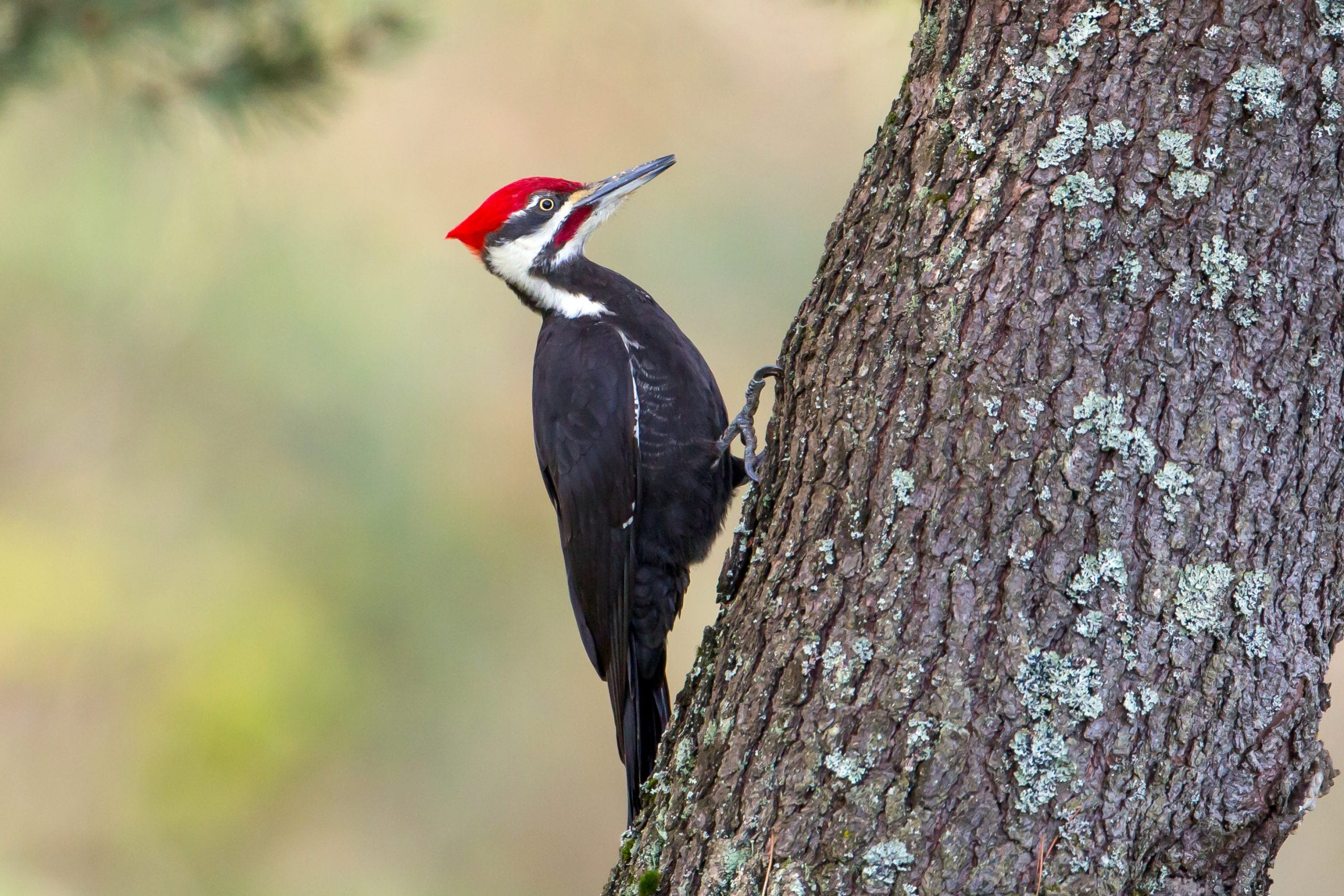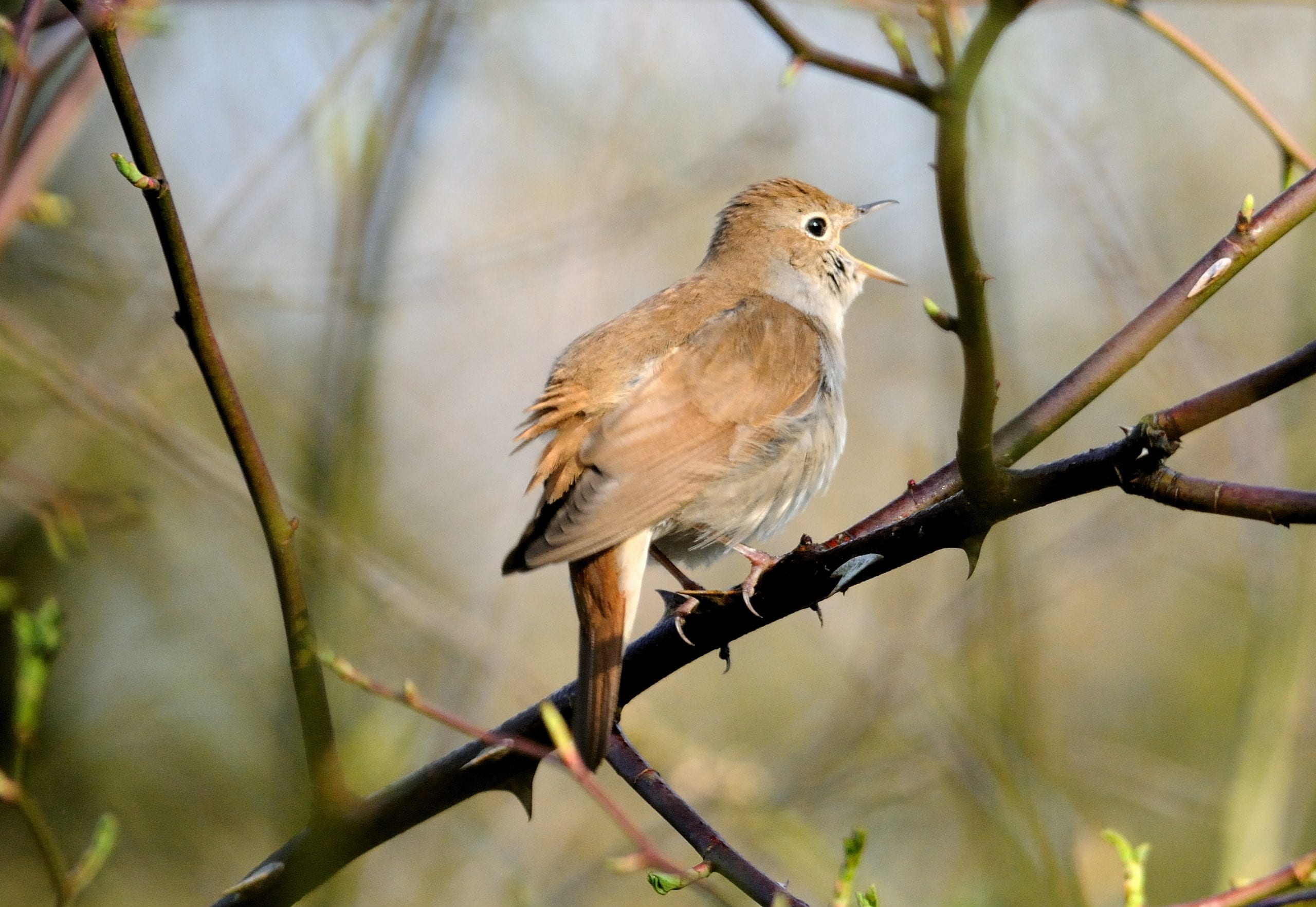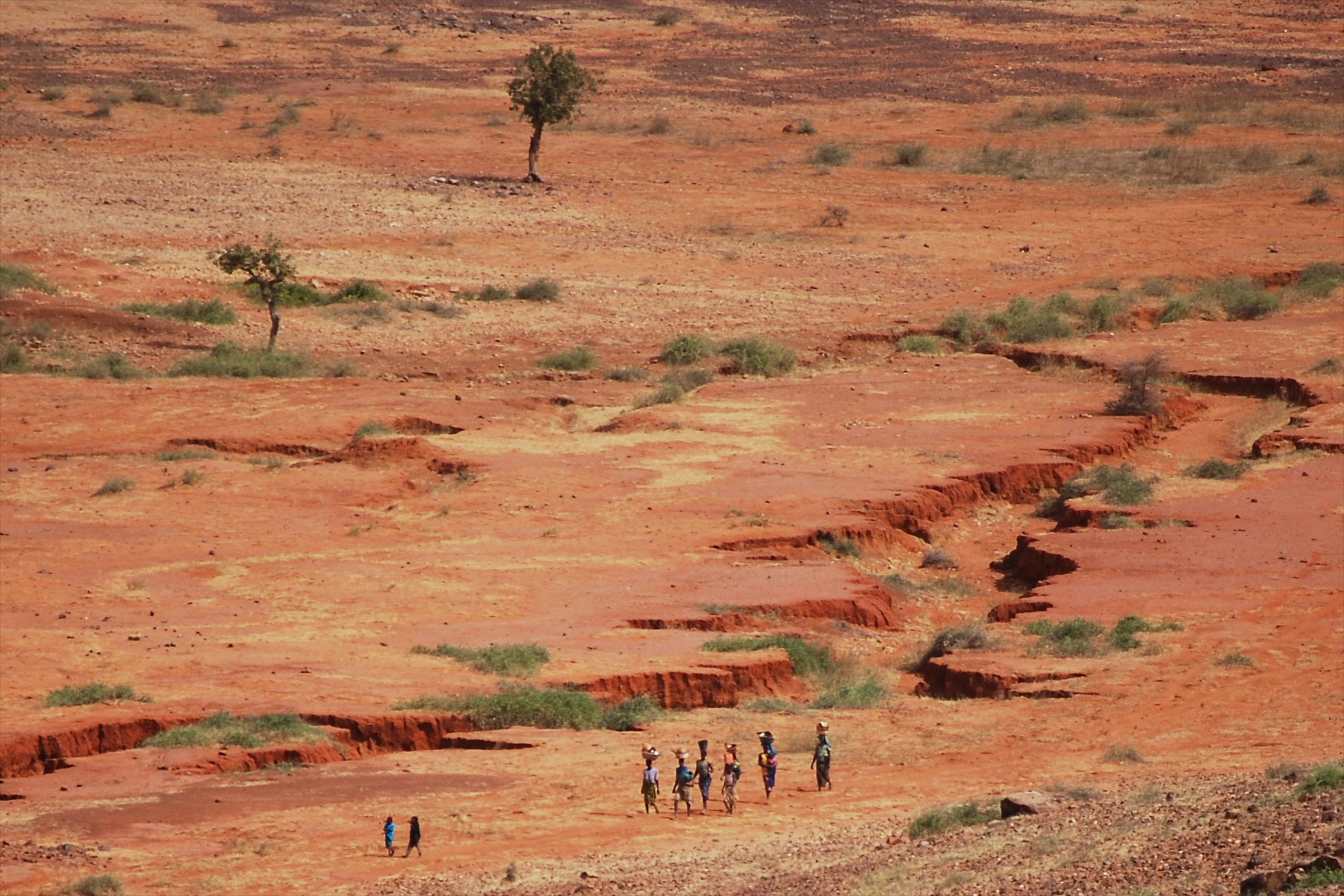I love nothing more than waking on a summer's day to the sound of bird songs outside my window. If you read my last post on bird language, this should be no surprise. The piercing sirens of mated cardinal pairs, the churring of chickadees, the sweet murmurs of cedar waxwings—all of these are music to my ears, even the steady thwok of a pileated woodpecker drumming his face into a cedar tree.

But what if I told you that these cheerful songs are hiding significant sadness? That what we know of as the dawn chorus is a muted version of its historical splendor? Sure, you may be thinking of studies that show birds, among other animals, have to sing louder to make themselves heard above the sounds of the built environment. But that's not the only issue birds face. Landscape and climate changes are leading to deleterious changes in bird migration patterns. Science writer Michael Gross reports that birds are disappearing from the UK and continental Europe at a rapid rates.
Using data from 25 countries over 30 years, scientists estimated that migratory songbird populations have declined by 421 million birds between 1980 and 2009. According to 2014's The state of the UK's birds, populations of cuckoos and whinchats have been cut in half in the past 20 years. There are 43 percent fewer nightingales than in 1994. The situation for North American birds is no better: an Audubon Society report predicts that over half of the birds on this continent will lose more than 50 percent of their historic territories by 2080.

So where have all the birds gone? According to ornithologist Franz Bairlein, some of them have ended up as lunch. He estimates that between 11 and 36 million birds are illegally hunted for food and sport in the Mediterranean region as they migrate to sub-Saharan Africa for the winter.
In Italy, Cyprus, and Egypt, hunters are taking up to 3.5 percent of threatened bird species annually, and millions of common species, such as blackcaps and song thrushes. Hunting, deforestation, and other landscape modifications have already led to the extinction of at least 150 bird species, including the passenger pigeon, which was hunted to death. However, hunting is not the only pressure that European migratory birds face.
With the help of bird geolocators–basically tiny tracking devices–scientists are getting a better picture of migration routes. Cuckoos have been found to travel 10,000 miles in their yearly trips between the UK and the Congo Basin. What scientists are seeing is that environmental changes along those routes may be responsible for bird population declines. As African wetlands are transformed by human activities to floodplains and agricultural fields, that habitat loss translates into less food to fuel the birds' spring migrations. Woodland birds are also declining due to intensification of logging in the region south of the Sahara Desert known as the Sahel. All along their migration routes, birds in Africa, Europe, and South and North America face the threats of a rapidly changing landscape.

Landscape changes are driven by more than the incremental alterations made by loggers and farmers. Climate change is another, human-driven issue driving plummeting populations. The Audubon Society report details the potentials of climate change on habitat ranges, showing how those ranges are likely to shift and affect at least 314 bird species over the coming decades. For example, the white throated sparrow, whose sweet and melancholy voice is heard throughout almost all the U.S., is predicted to lose 73 percent of its current summer range by 2080.
Imagine yourself as a white throated sparrow living in the future. Where you once spent summers in southern Canada, flittering across Ontario, Manitoba, and Saskatchewan, you've slowly been forced into Nunavut and the Northwest Territories by climate change. By 2080, you will be lucky if the habitat you need to survive is on Baffin Island–otherwise you'll have to figure out how to build nests in the ocean.
The sparrow's situation mirrors what Bairlein calls “ecological mismatch†as a result of climate change. He writes that when migratory birds return too early to their spring breeding grounds, they may find their prey has not yet hatched, and birds may starve. Conversely, the Dutch pied flycatcher has declined in population by 90 percent because their prey hatches earlier than in the past and the flycatchers have begun to miss the peak feeding season.
Bairlein suggests that mechanisms such as the African-Eurasian Migratory Landbird Action Plan could be used to halt the decimation. However, his idea to ban activities that deplete bird populations lacks a human angle. In South Africa, for instance, people depend on forest products for their livelihoods, and saving turtle doves is low on their list of priorities. While programs for direct payments for bird habitat conservation were successful in Ethiopia and Costa Rica, a 2012 paper revealed Cambodians using a similar model protected nests but not the habitats the birds needed to survive.
As we social scientists love to say, there is no one-size-fits-all solution to species conservation. Folks at BirdLife International have taken a good step towards integrating scientific approaches, both quantifying the number of birds hunted illegally in the Mediterranean, and uncovering the social drivers for these hunts. Approaches like this, which consider ecological, economic, social, and other factors that drive species to extinction, will be needed to preserve the dawn chorus.
 Jennifer DeMoss is a doctoral candidate from the University of Georgia's Anthropology and Integrative Conservation programs. She is currently in the field researching social relationships between people and landscapes within educational programs in the Nature Connection Movement. She uses tools such as GoPro cameras strapped onto her head to video social interactions as part of her research. When she's not interviewing people, she loves to camp, practice primitive skills, carve spoons, and swim in spectacular northern lakes. You can contact Jen at jdemoss@uga.edu. More from Jennifer DeMoss. Jennifer DeMoss is a doctoral candidate from the University of Georgia's Anthropology and Integrative Conservation programs. She is currently in the field researching social relationships between people and landscapes within educational programs in the Nature Connection Movement. She uses tools such as GoPro cameras strapped onto her head to video social interactions as part of her research. When she's not interviewing people, she loves to camp, practice primitive skills, carve spoons, and swim in spectacular northern lakes. You can contact Jen at jdemoss@uga.edu. More from Jennifer DeMoss. |
About the Author
- athenssciencecafehttps://athensscienceobserver.com/author/athenssciencecafe/April 17, 2020
- athenssciencecafehttps://athensscienceobserver.com/author/athenssciencecafe/April 12, 2020
- athenssciencecafehttps://athensscienceobserver.com/author/athenssciencecafe/April 3, 2020
- athenssciencecafehttps://athensscienceobserver.com/author/athenssciencecafe/March 30, 2020







